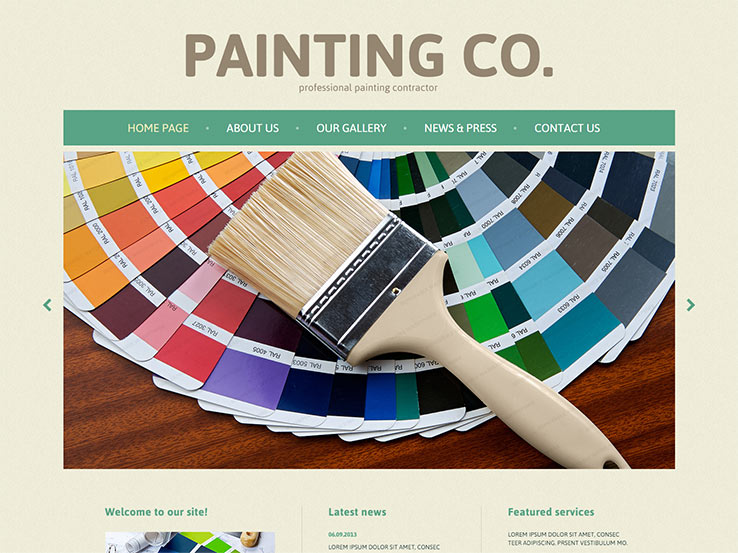Understand Exactly How Seasonal Conditions Influence The Success Of Industrial Outside Painting And Discover The Optimal Periods To Assure Long-Lasting Results For Your Task
Understand Exactly How Seasonal Conditions Influence The Success Of Industrial Outside Painting And Discover The Optimal Periods To Assure Long-Lasting Results For Your Task
Blog Article
Writer-McLamb Urquhart
When you're intending a commercial external painting job, seasonal variables can make or break your outcomes. You'll want to consider how temperature and humidity effect paint application and drying out times. Choosing the best season can ensure your paint adheres appropriately and lasts much longer. However which seasons are absolutely the very best for this kind of job? Let's discover the key elements that can impact your task's success.
The Impact of Temperature on Paint Application
When you're intending a commercial outside paint project, the temperature can substantially impact just how well the paint adheres and dries out.
Preferably, you want to paint when temperatures range in between 50 ° F and 85 ° F. If it's also cool, the paint may not heal properly, resulting in problems like peeling or fracturing.
On the other side, if it's too hot, the paint can dry out as well quickly, protecting against appropriate bond and leading to an uneven surface.
You ought to also consider the time of day; morning or late afternoon uses cooler temperature levels, which can be extra positive.
Always examine the manufacturer's recommendations for the particular paint you're using, as they often give assistance on the perfect temperature range for optimal results.
Humidity and Its Effect on Drying Times
Temperature level isn't the only environmental variable that influences your business exterior painting project; humidity plays a substantial duty also. High moisture degrees can slow down drying times dramatically, influencing the general high quality of your paint work.
When the air is filled with wetness, the paint takes longer to cure, which can lead to concerns like bad adhesion and a greater threat of mold development. If you're painting on an especially humid day, be planned for extended delay times between layers.
It's crucial to keep track of neighborhood weather conditions and plan appropriately. Ideally, go for moisture degrees between 40% and 70% for optimum drying out.
Maintaining these factors in mind guarantees your project stays on track and delivers a long-term surface.
Best Seasons for Commercial Exterior Painting Projects
What's the very best season for your commercial external paint tasks?
Spring and very early loss are typically your best choices. Throughout these seasons, temperatures are moderate, and humidity levels are typically lower, developing suitable problems for paint application and drying out.
Avoid summer season's intense heat, which can cause paint to dry also rapidly, bring about inadequate bond and surface. Similarly, wintertime's cold temperature levels can prevent appropriate drying out and curing, risking the long life of your paint job.
official site for days with temperature levels between 50 ° F and 85 ° F for optimum outcomes. Keep in over at this website to inspect the local weather report for rainfall, as wet problems can wreck your project.
Planning around these factors ensures your painting job runs smoothly and lasts longer.
Conclusion
Finally, preparing your business external paint tasks around seasonal considerations can make a substantial distinction in the result. By organizing job throughout the suitable temperatures and moisture degrees, you'll guarantee far better adhesion and drying times. Remember to watch on neighborhood weather report and select the right time of year-- spring and very early fall are your best options. Taking these steps will help you achieve a sturdy and expert coating that lasts.
